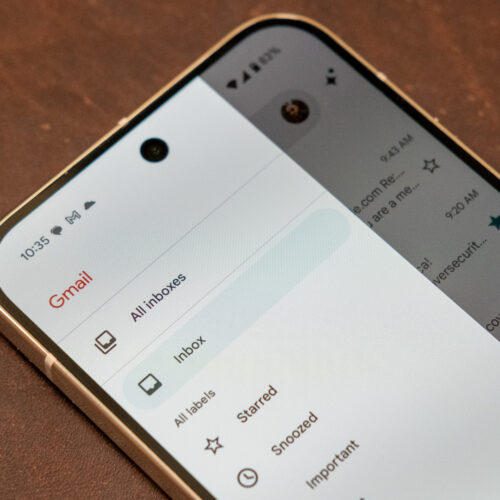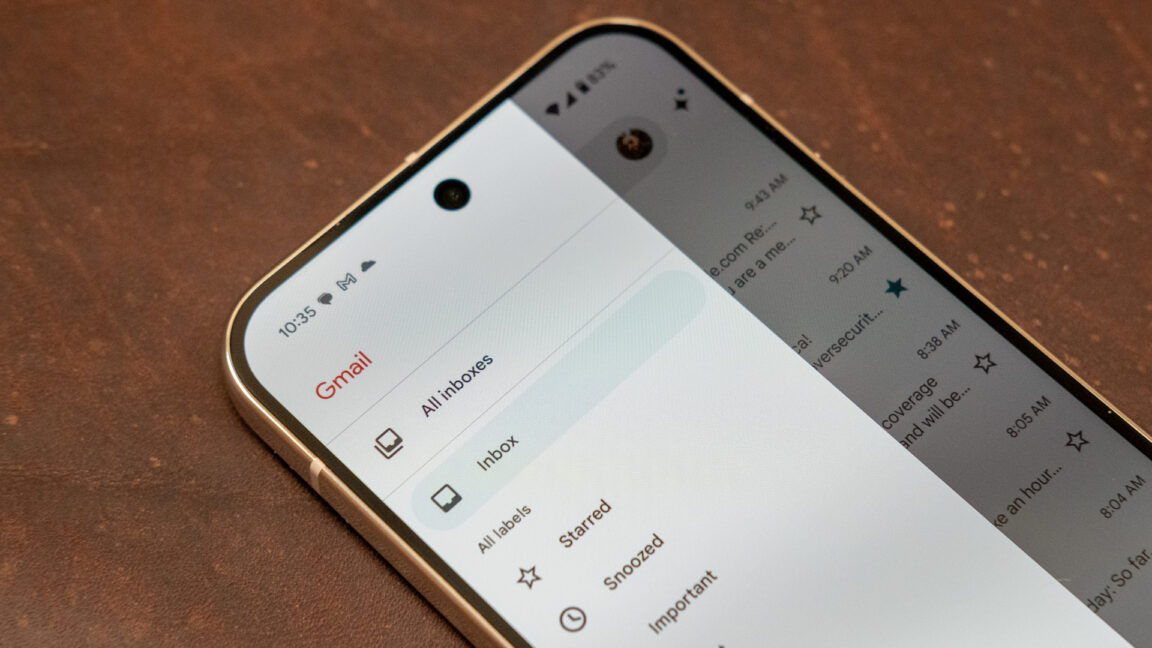From Budget to ‘Wait, Is This Free?’, These JBL Headphones Get Prime Day Magic

You'll love wearing these headphones for just about every occasion.




A key pillar of post-9/11 airport security theater may finally be going away. Multiple outlets are reporting that the Transportation Security Administration will start allowing passengers at a few select airports to keep their shoes on while going through security checkpoints. No longer will we have to gaze upon our fellow travelers’ weird socks or — god forbid — bare feet while waiting in a security line.
The plan is to starting rolling out the new policy at a few airports starting this weekend. Previously only passengers with TSA Pre-Check were able to keep their shoes on in most cases. And of course the ultra wealthy who can afford to fly private can often avoid TSA screening — and shoe removal — altogether. The TSA said in a memo that it had explored “new and innovative ways to enhance the passenger experience,” according to Gate Access, which was the first to report the news. A TSA spokesperson did not immediately respond to a request for comment.
The plan is to starting rolling out the new policy at a few airports starting this weekend.
The TSA has required most travelers to remove their shoes since 2006, five years after failed shoe bomber Richard Reid tried to ignite 10-ounces of explosives in his shoes on an American Airlines flight from Paris to Miami. The agency said that despite the failed attempt, intelligence suggested that others may attempt a copycat bombing — and thus we’ve all been forced to endure the humiliation of walking across cold airport floors in just our socks ever since.
The outlets reporting the imminent removal of the shoe removal policy make no mention about other annoying security theater elements, such as belt removal or the prohibition of liquids in containers larger than 3.4 ounces. Security theater is the practice of implementing measures designed to give the appearance of making things safer, despite doing very little to achieve that. Shoe removal has long been viewed as an utterly useless security measure that does nothing to make us safer but has nonetheless has remained in place for years.
“It’s like saying, Last time the terrorists wore red shirts, so now we’re going to ban red shirts,” Bruce Schneier, a cryptographer, computer security professional, and privacy specialist, told Vanity Fair in 2011. “Focusing on specific threats like shoe bombs or snow-globe bombs simply induces the bad guys to do something else. You end up spending a lot on the screening and you haven’t reduced the total threat.”
Please read the TSA’s full humiliating history by Darryl Campbell to learn more.

The first monthly update to Android 16 is rolling out with the July security patch for the Pixel 6a, 7, 7 Pro, 7a, Tablet, Fold, 8, 8 Pro, 8a, 9, 9 Pro, 9 Pro XL, 9 Pro Fold, and 9a.
more…
The days of buying headphones and getting a static feature set are long gone. Since the launch of AirPods Pro 2 in particular, Apple has consistently upgraded AirPods products with new features via firmware. In iOS 26, there are five more new features coming—but more than half are exclusive to AirPods with an H2 chip.
more…


With decades of online life behind us, many people are using years-old email addresses. Those inboxes are probably packed with subscriptions you've picked up over the years, and you probably don't need all of them. Gmail is going to make it easier to manage them with a new feature rolling out on mobile and web. Google's existing unsubscribe prompts are evolving into a one-stop shop for all your subscription management needs, a feature that has been in the works for a weirdly long time.
The pitch is simple: The aptly named "Manage subscriptions" feature will list all the emails to which you are currently subscribed—newsletters, promotions, updates for products you no longer use, and more. With a tap, you'll never see them again. This feature in Gmail will be accessible in the navigation drawer, a UI feature that is increasingly rare in Google's apps but is essential to managing inboxes and labels in Gmail. Down near the bottom, you'll soon see the new Manage subscriptions item.
The page will list all email subscriptions with an unsubscribe button. If you're not sure about letting a newsletter or deal alert remain, you can select the subscription to see all recent messages from that sender. As long as a sender supports Google's recommended one-click unsubscribe, all you have to do is tap the Unsubscribe button, and you'll be done. Some senders will redirect you to a website to unsubscribe, but Gmail has a "Block instead" option in those cases.


© Ryan Whitwam

Twitter co-founder and Block Head Jack Dorsey launched a new peer-to-peer messaging app over the weekend called Bitchat that runs entirely over Bluetooth. Bitchat relies on Bluetooth Low Energy mesh networks to send encrypted communications directly to nearby devices without requiring internet or cellular service.
“Bitchat addresses the need for resilient, private communication that doesn’t depend on centralized infrastructure,” according to a white paper published on Dorsey’s Github page. “By leveraging Bluetooth Low Energy mesh networking, Bitchat enables direct peer-to-peer messaging within physical proximity, with automatic message relay extending the effective range beyond direct Bluetooth connections.”
Images of the app posted by Dorsey also show that Bitchat operates without accounts, servers, or data collection, and includes privacy features like password-protected channels and a “Panic Mode” that instantly clears all data when the logo is triple-tapped.
Similar Bluetooth-based messaging apps like Bridgefy and the now-defunct FireChat have notably been used by pro-democracy protesters in Hong Kong over the last decade because they’re harder for Chinese authorities to trace or block. While Bridgefy says it can send messages over a distance of 100 meters (330 feet), Bitchat offers a range of more than 300 meters (984 feet), with future updates planned that will allow users to increase speed and range via Wi-Fi Direct.
Bitchat is available to beta testers via Apple TestFlight, but TestFlight is currently full after reaching its maximum 10,000-user capacity. Dorsey says the app is still undergoing review ahead of its full release.

Prime Day is one of the best times of the year to stock up on smart home gear. With big price drops on all of Amazon’s many smart home brands, from Blink and Ring to Echo speakers and Eero Wi-Fi routers, plus a ton of other manufacturers getting in on the action, making your smart home better rarely gets more affordable.
However, there are a lot of deals, and it’s frankly overwhelming. So, I’ve sifted through them all to find the best deals on some of my favorite smart home products. If you’re looking to get started with smart lighting, add some smart indoor air quality devices to your home, have a robot do your dirty work for you, or get a helping hand in the kitchen, these products will serve you well.


















